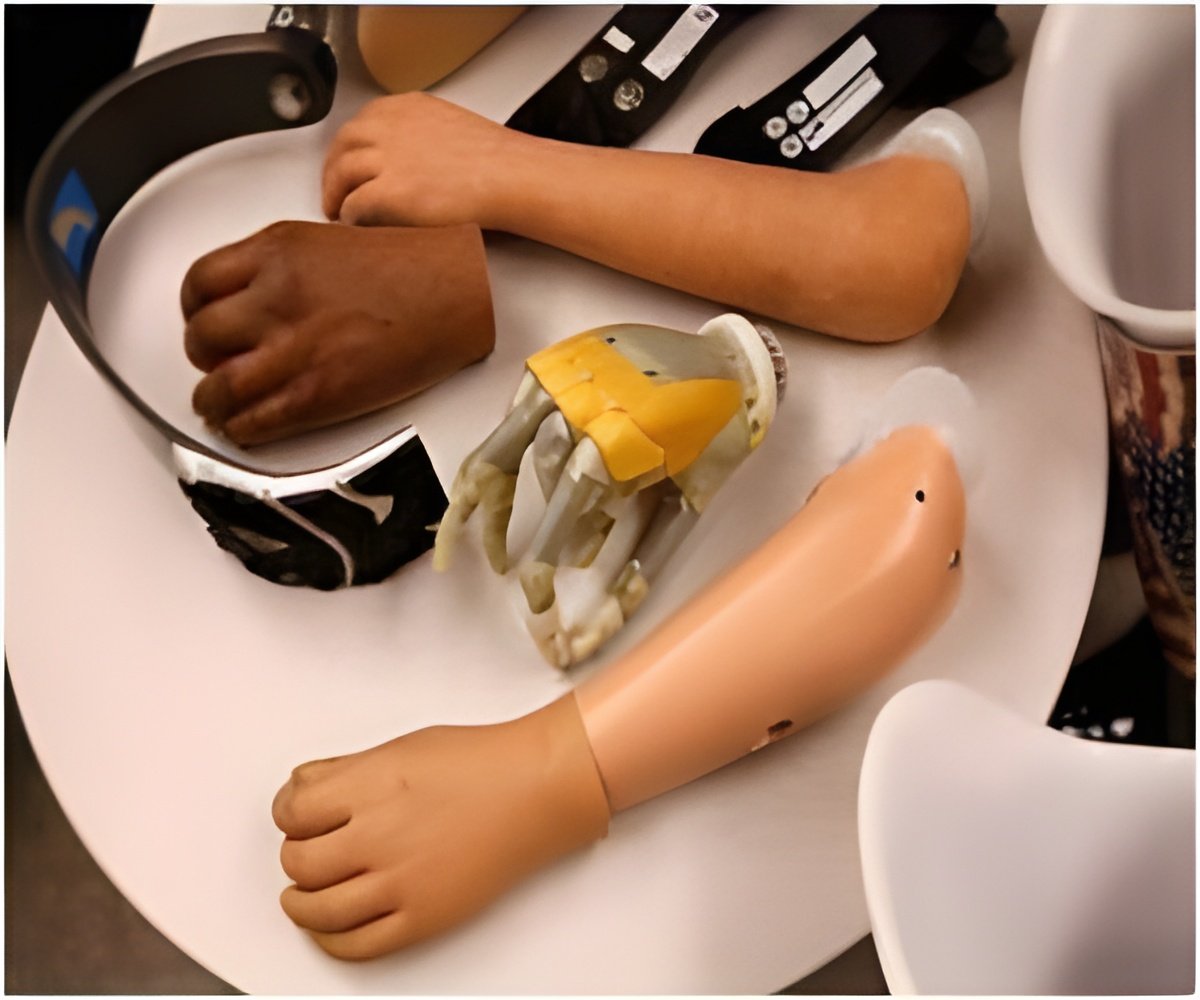
"We are on track to develop, test and make available to the public- within the next few years - a safe, reliable, noninvasive brain computer interface that can bring life-changing technology to millions of people whose ability to move has been diminished due to paralysis, stroke or other injury or illness," said Associate Professor of Kinesiology Jos? 'Pepe' L. Contreras-Vidal of the university's School of Public Health.
The team demonstrated that people wearing the EEG brain cap could achieve performance levels comparable to those by subjects using invasive implanted electrode brain computer interface systems.
"We are doing something that few previously thought was possible," said Contreras-Vidal.
"We use EEG [electroencephalography] to non-invasively read brain waves and translate them into movement commands for computers and other devices."
The team successfully used EEG brain signals to reconstruct the complex 3D movements of the ankle, knee and hip joints during human treadmill walking.
Advertisement
Contreras-Vidal says the use of the device in stroke victims offers exciting possibilities.
Advertisement
The study has been published in the Journal of Neural Engineering.
Source-ANI









